Blog
-
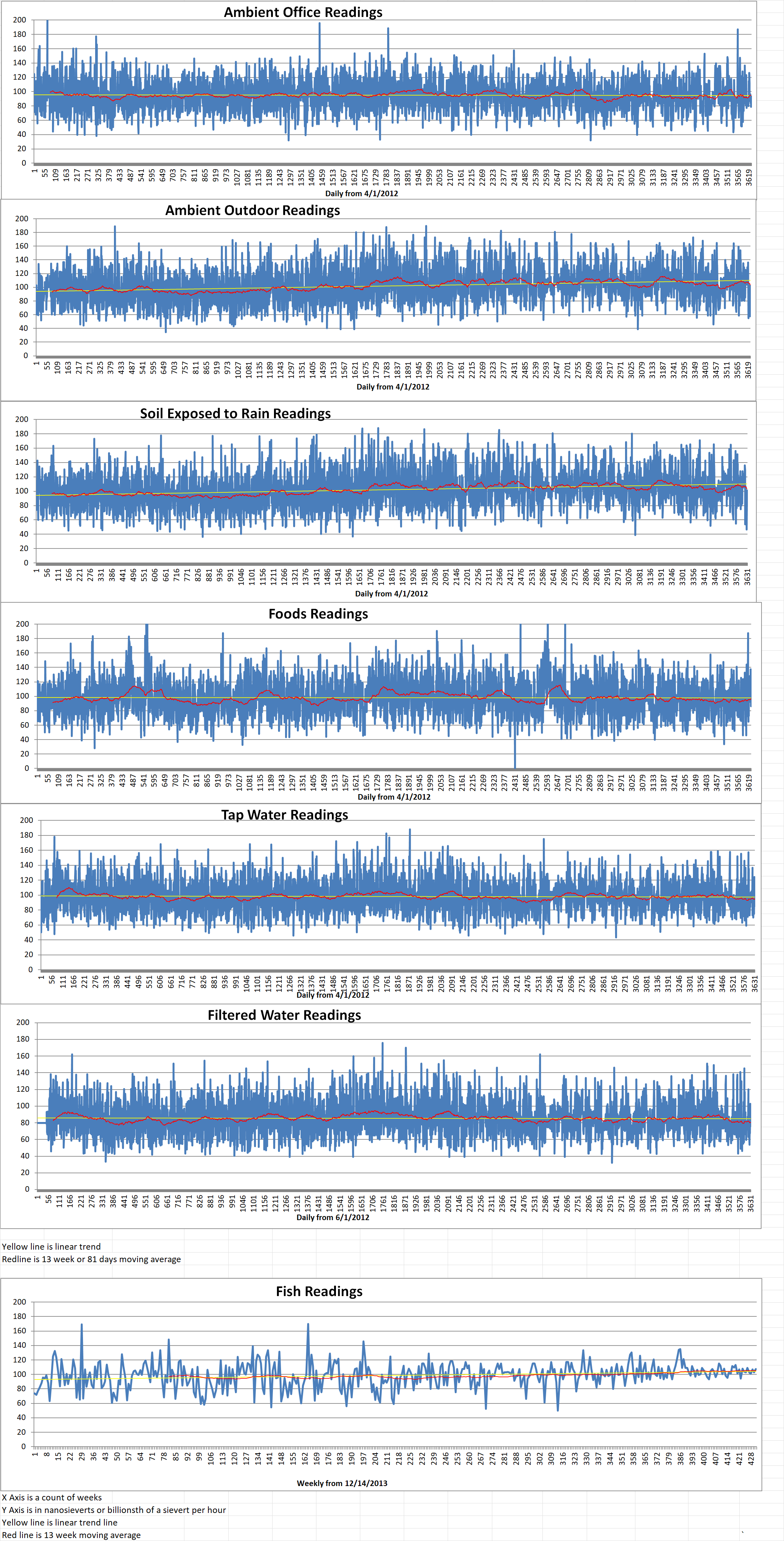
Geiger Readings for June 09, 2022
Ambient office = 93 nanosieverts per hour
Ambient outside = 86 nanosieverts per hour
Soil exposed to rain water = 87 nanosieverts per hour
Strawberry from Central Market = 120 nanosieverts per hour
Tap water = 107 nanosieverts per hour
Filter water = 90 nanosieverts per hour
-
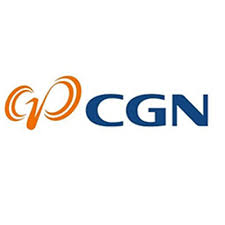
Nuclear Reactors 1035 – Democratic Nations Need To Disentangle Their Energy Markets From Russia and China – Part 3 of 4 Parts
Part 3 of 4 Parts (Please read Parts 1 and 2 first)
Although many analysts believe that nuclear energy is critical to freeing Europe from Russian natural gas, it could still leave these states vulnerable to Russian influence. Even if states cancel nuclear projects with Russia, China will soon pass France to become the second-largest producer of nuclear energy. China has its own ambitions for dominating the global energy export market.
Some energy analysts believe that almost all green energy sources represent ethical dilemmas. The Democratic Republic of Congo currently mines sixty percent of the world’s cobalt. This mineral is critical for the electric vehicle market. However, the country’s cobalt producers have faced scrutiny and criticism from international organizations over their human rights, practices, including their use of child labor. In 2021, the Biden administration blacklisted several Chinese solar companies because they were accused of using forced labor and other abuses. Russia is a significant producer of nickel which is a critical material for the production of electric car batteries. There are concerns about future sanctions on nickel or other disruptions to its supply. The current price of nickel is at an eleven-year high.
In order to free itself from dependence on Russian energy, the world will need to be more proactive in ensuring that its energy supply chains are sustainable and ethical. But that should not be taken as a call to return to energy isolationism. Modern energy production systems are complex and interconnected. This is especially true for those who depend on critical minerals that are not evenly distributed across the world. They indicate that true energy independence where nations create power entirely by themselves is just no longer practical. Instead, democratic nations should focus on strengthening their energy interdependence with trusted partners.
To some extent, this process is underway with respect to nuclear energy. Romania canceled a contract with a Chinese owned company in 2020 for two new nuclear reactors because it preferred to move forward with a NATO ally. Russia and China had been competing for a nuclear tender in the Czech Republic, but the government ultimately excluded them from a formal document-sharing process and explicitly said that both countries were “not invited” to bid. Chinese companies are significant investors in two nuclear power projects in the U.K. However, in September of 2021, the U.K. government announced that it was attempting to force a sale of China General Nuclear Power Group’s share in one of its projects. In 2019, a U.S. nuclear company announced that it had canceled a project to build an experimental nuclear reactor in China after U.S. President Trump imposed further trade restrictions.
The West’s domestic nuclear industries have stalled in recent years. Now, the U.S. and European nuclear companies are struggling to find proper alternative to Russian and Chinese state-owned vendors. To catch up, many energy analysts believe that Western governments must construct an old-fashion industrial policy based on investing in domestic manufacturing capabilities all along the nuclear supply chain. They will need to successfully demonstrate new nuclear technologies that they can they export to the international market. Western counties should increase their funding for nuclear export projects through their own export-import banks and development financing. Large investment and development banks will need to change their policies on supporting nuclear energy.
Please read Part 4 next -
Nuclear News Roundup June 08, 2022
Ploughshares Fund Awards $565,000 in Grants to Counter Rising Nuclear Threat wfmz.com
Olkiluoto 3 test production to continue until December world-nuclear-news.org
Public got first tour of old nuclear missile site in Omaha area fox42kptm.com
Fukushima residents angered as court rules government is not liable for damages in nuclear crisis cbc.ca
-

Geiger Readings for June 08, 2022
Ambient office = 79 nanosieverts per hour
Ambient outside = 102 nanosieverts per hour
Soil exposed to rain water = 101 nanosieverts per hour
Ginger root from Central Market = 86 nanosieverts per hour
Tap water = 86 nanosieverts per hour
Filter water = 76 nanosieverts per hour
-

Nuclear Reactors 1034 – Democratic Nations Need To Disentangle Their Energy Markets From Russia and China – Part 2 of 4 Parts
Part 2 of 4 Parts (Please read Part 1 first)
Over the past twenty years, Russia has become the world’s major supplier for nuclear technology. This is especially true for countries building their first nuclear projects. Russia has great experience constructing and maintaining nuclear power plants. It offers a one-stop-shop for all the items that are needed to create these plants. This includes reactors, fuel, financing and even training of workers. Since the year 2000, Russia has signed bilateral nuclear cooperation agreements with forty-seven countries. It currently has large commercial nuclear power plants under construction in Bangladesh, Belarus and Turkey. Russia is involved in nuclear power plants across Africa, Asia, the Middle East and South America.
Russia also has nuclear projects in Eastern Europe. For decades, one of Russia’s main nuclear clients was Ukraine. Before Russia invaded Ukraine in 2014, Ukraine obtained ninety-five percent of its nuclear fuel from Russia to fuel a majority of its total electricity supply. After Russia annexed Crimea and supported an insurgency in the Donbas, Ukraine accelerated its plans to diversify its uranium imports. Many other European countries also began expressing serious concerns about being dependent on Russian nuclear technology. These worries were validated in February of 2022 when Russia invaded Ukraine. Since the invasion started, Western nations have moved quickly to try to wean itself from Russian energy resources, including nuclear power. On May 2nd, a Finnish consortium announced that it was canceling a contract for a new one thousand two-hundred-megawatt Russia power reactor.
Europe’s most prominent dependence is ultimately on Russian coal, oil and natural gas, not on nuclear energy. The International Energy Agency (IEA) recently issued guidelines for how countries can best move off of Russian fuel. They highlighted the role that they believe nuclear energy can play. As the IEA noted, nuclear energy “the largest source of low emissions electricity in the EU.” They say that the expansion of nuclear energy could increase the continents access to fossil-free energy.
Not everyone agrees with this IEA assessment. The European Commission’s plan to reduce Russian natural gas imports does not mention nuclear energy. Germany has maintained its plans to close its three remaining nuclear reactors by the end of this year. This is happening in spite of the fact that Germany has imported close to ten billion euros world of fossil fuels from Russia since the invasion of Ukraine. However, other nations such as Belgium and Japan have promised new investments in nuclear energy to reduce their dependence of Russian natural gas. They are picking up on an old tradition of using nuclear energy to support energy independence. Nations with dwindling domestic coal supplies like the U.K. and Japan, turned to nuclear energy following World War II to fuel their growing industrial sectors. Following the oil embargoes of the 1970, France and Sweden also built out nuclear infrastructure to reduce their dependence on the Middle East.
Please read Part 3 next -
Nuclear News Roundup June 07, 2022
US supercomputer breaks exascale barrier world-nuclear-news.org
IAEA team review Angra extension preparations world-nuclear-news.org
IAEA says in-field verification back above pre-pandemic levels world-nuclear-news.org
Clean Core prepares for testing of innovative fuel world-nuclear-news.org
-
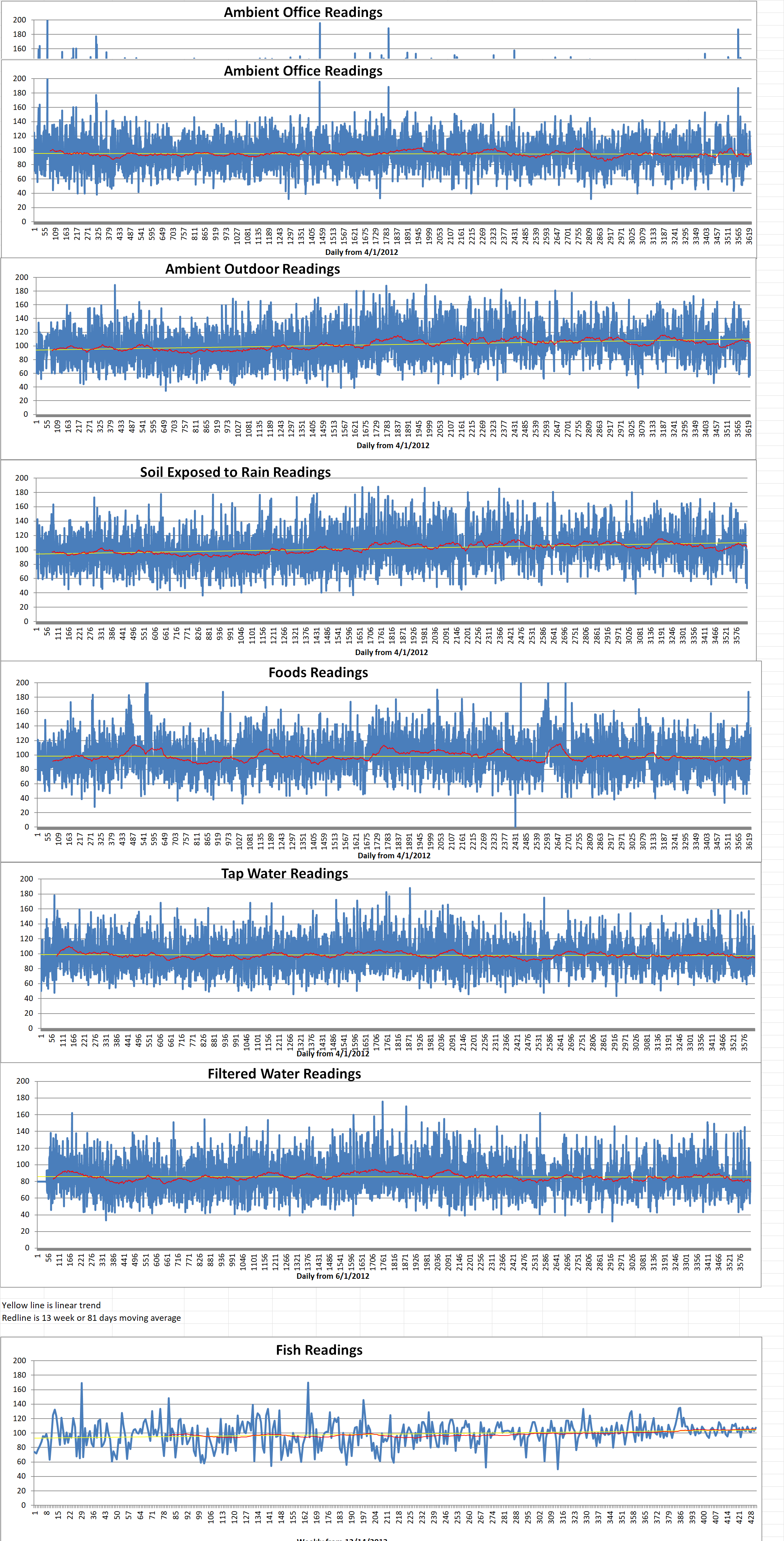
Geiger Readings for June 07, 2022
Ambient office = 81 nanosieverts per hour
Ambient outside = 102 nanosieverts per hour
Soil exposed to rain water = 98 nanosieverts per hour
English cucumber from Central Market = 137 nanosieverts per hour
Tap water = 87 nanosieverts per hour
Filter water = 77 nanosieverts per hour
-
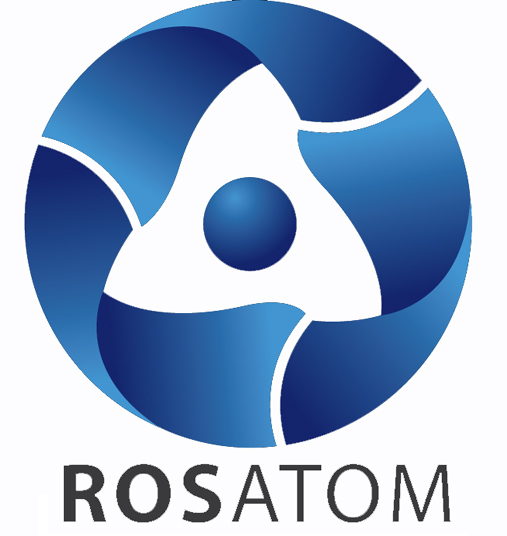
Nuclear Reactors 1033 – Democratic Nations Need To Disentangle Their Energy Markets From Russia and China – Part 1 of 4 Parts
Part 1 of 4 Parts
The Russian invasion of Ukraine has precipitated a global energy crisis. Since the invasion began on February 24, the international price of oil has rising more than twenty-five percent. The price of gasoline has nearly doubled. The outlook for both oil and gas is poor. Western companies are using sanctions to limit Russia’s ability to finance its war with oil and gas revenues. Energy prices are likely to remain high and volatile. The uncertainty of the war is dovetailing with concerns about climate change. This is prompting more anxiety about the global energy future. Nations should have started shifting away from fossil fuels decades ago to protect the planet. Have waited so long, they must abandon fossil fuels at a time when people are paying increasingly high prices.
As nations try to bring down high energy costs and disentangle themselves from Russia while simultaneously combating climate change, many have expressed renewed interest in nuclear power. Nuclear power is currently one of the world’s largest sources of low carbon energy. It is responsible for about one fourth of the European’s electricity. As opposed to most forms of renewable energy such as solar and wind, nuclear power can reliably produce large quantities of electricity for most days of the year. It has helped Europe move away from fossil fuels that have been extracted elsewhere in the world. This includes natural gas from Russian wells.
In the short term, increasing Europe’s reliance on nuclear power won’t release the continent from the need for Russian fuel. In the same way that Europe has become dependent on Russian oil and natural gas, much of the would has become dependent on Russia for the materials needed to construct commercial nuclear power plants. Russia has almost half of the global capacity to enrich uranium to produce nuclear fuel. Forty percent of the nuclear energy produced in Europe depends on uranium from Russia or Kazakhstan and Uzbekistan. Both of these countries are neighbors and close allies of Russia. About half of all U.S. nuclear power plants are powered by imports of uranium from these three countries. This may explain why the U.S. nuclear industry lobbied to exclude uranium from sanctions on Russian energy imports. Russian also dominates the market for nuclear power plant exports and construction. Developing countries are a preferred target for Russia’s nuclear exports. Russia’s closest competitor is China, another autocracy. States that contract with Russia or China may spend decades dependent on them for nuclear fuels and services.
In order to end Russia’s dominance over the global nuclear market and to prevent China from taking its place, democratic countries need to get serious about supporting their domestic nuclear industries. This is especially true as new, innovative nuclear technologies enter the global energy market. They need to consider policies that create demand for nuclear energy as part of their broader climate agendas. It may be reasonable to invest in creating nuclear manufacturing facilities that can reliable supply a growing global market for energy. Doing so can contribute to fighting climate change and curtailing the global power of authoritarian regimes.
Please read Part 2 next -
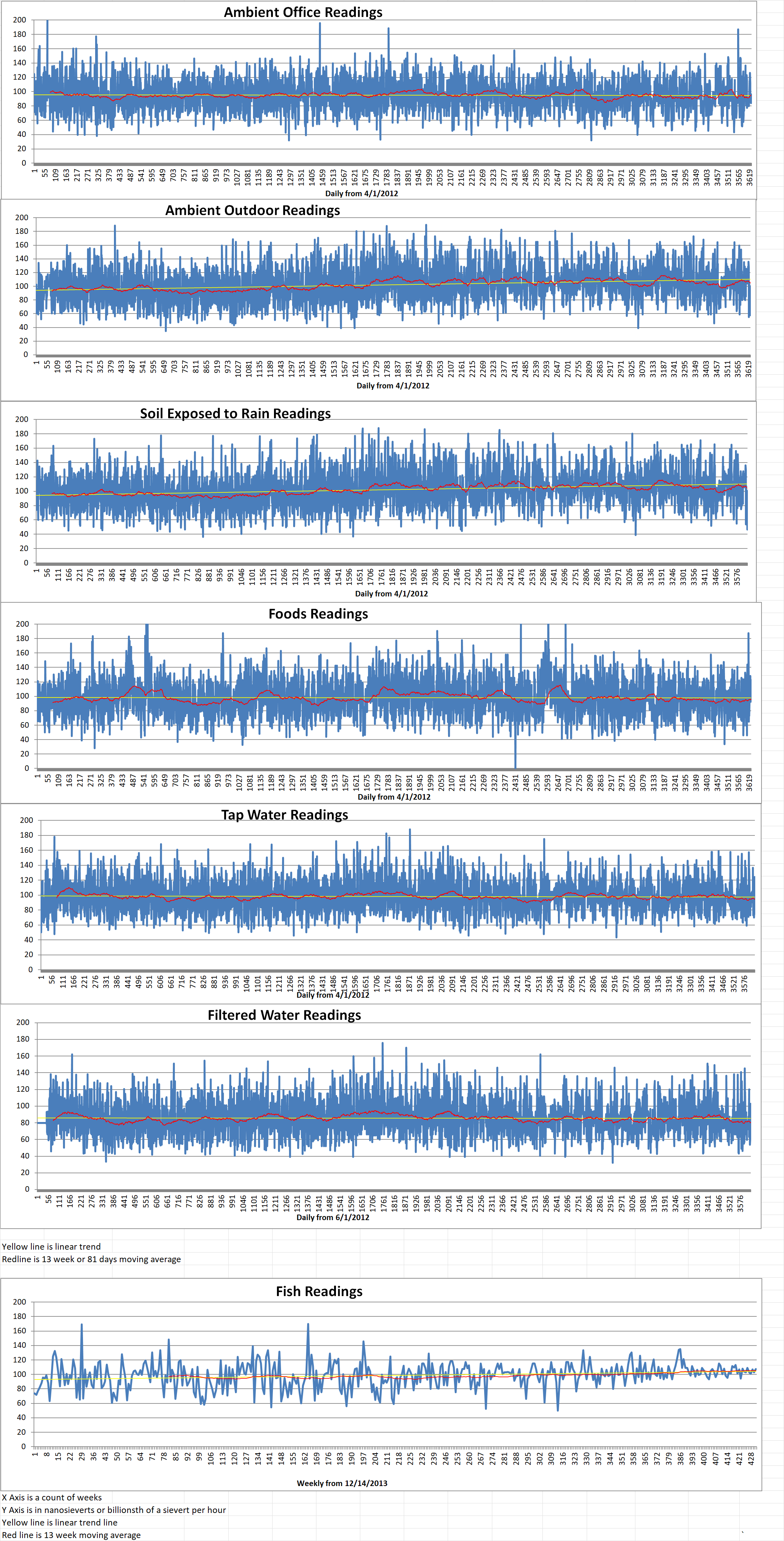
Geiger Readings for June 06, 2022
Ambient office = 88 nanosieverts per hour
Ambient outside = 58 nanosieverts per hour
Soil exposed to rain water = 46 nanosieverts per hour
Avocado from Central Market = 96 nanosieverts per hour
Tap water = 124 nanosieverts per hour
Filter water = 103 nanosieverts per hour
